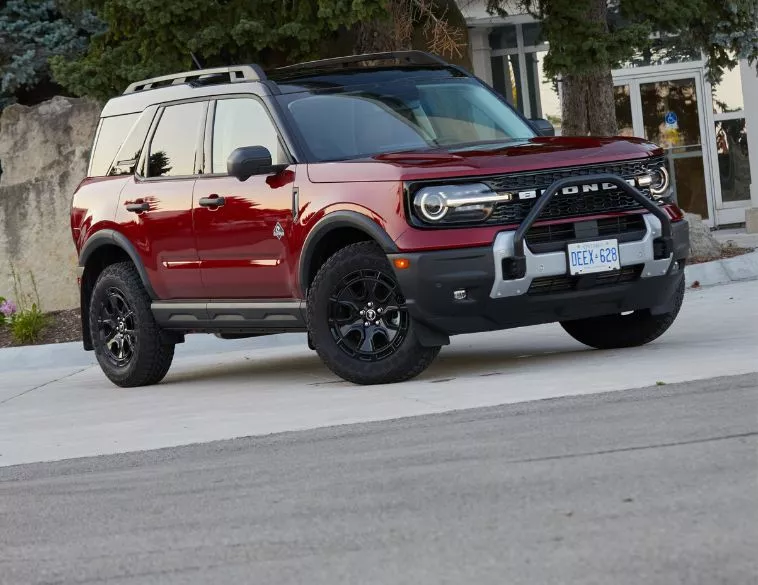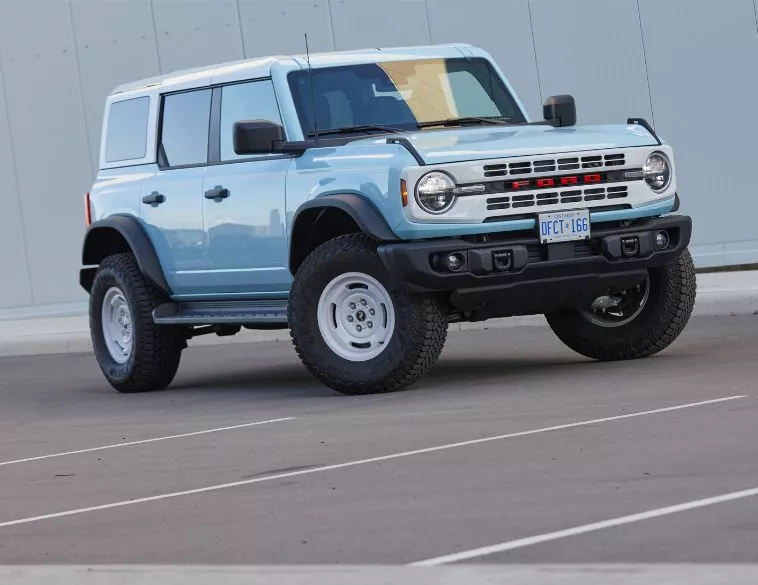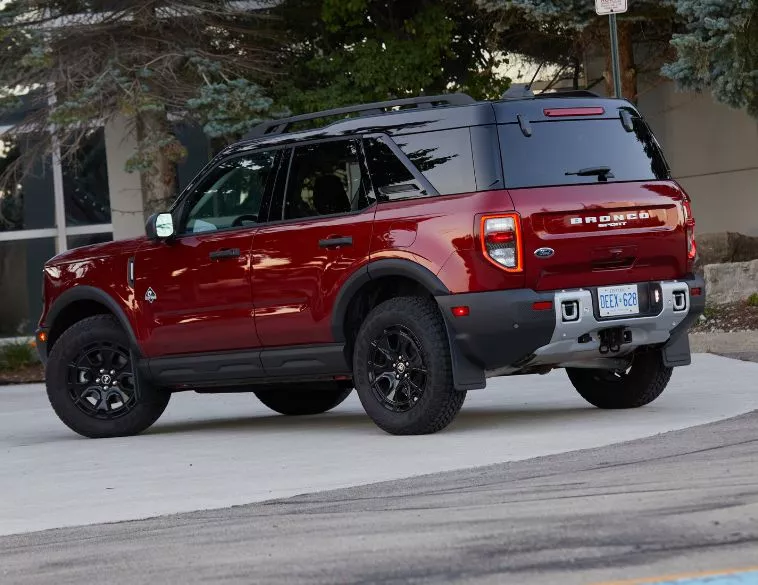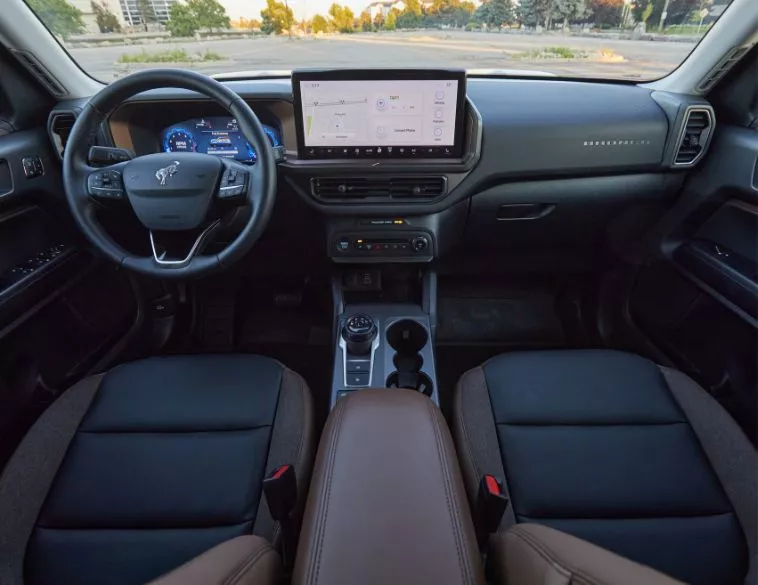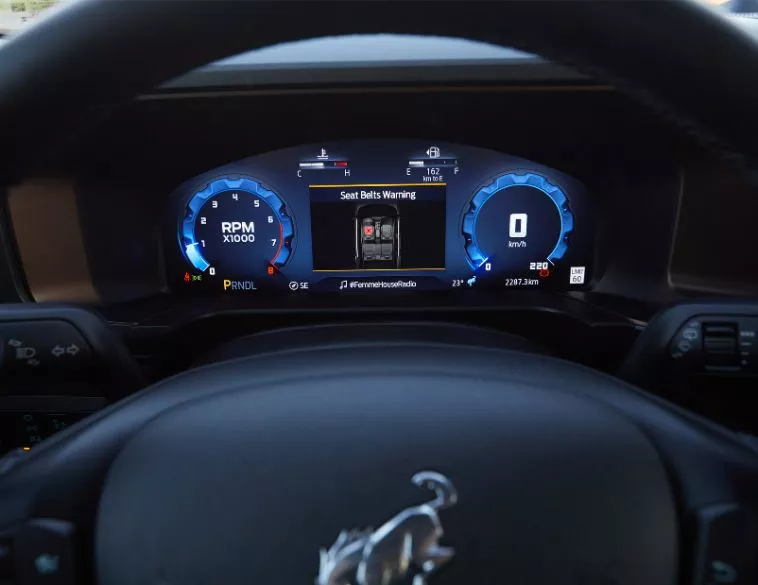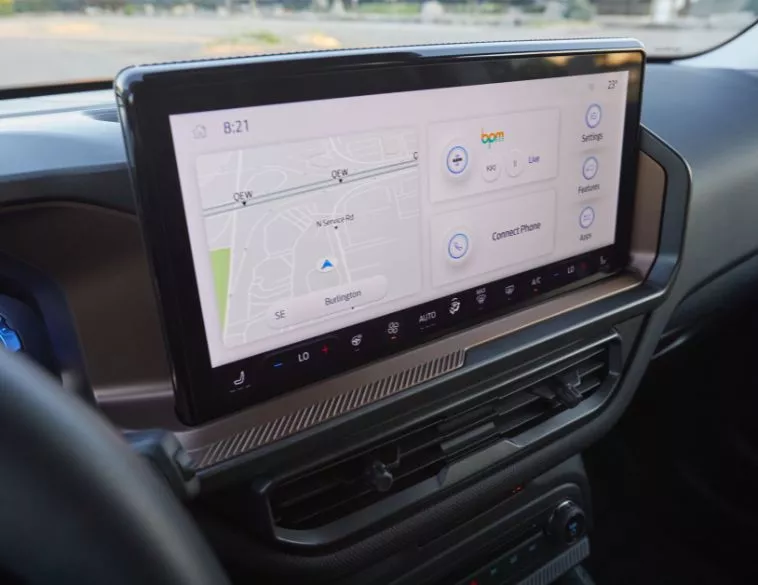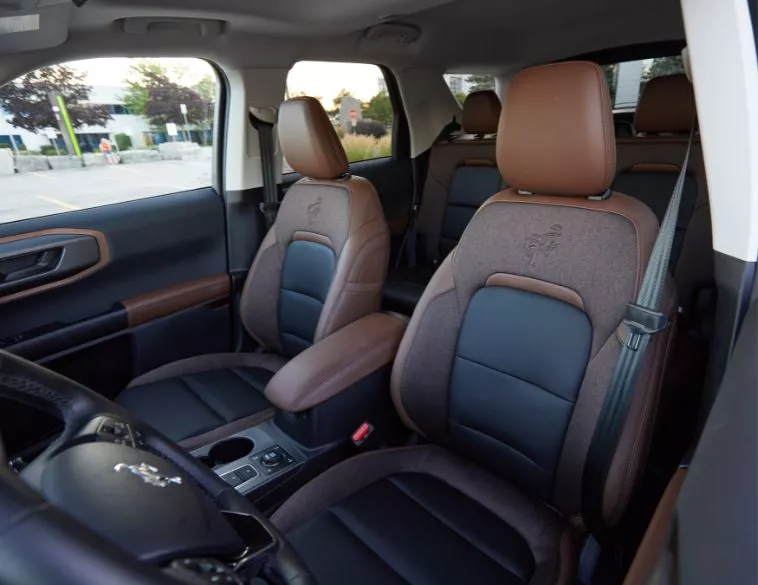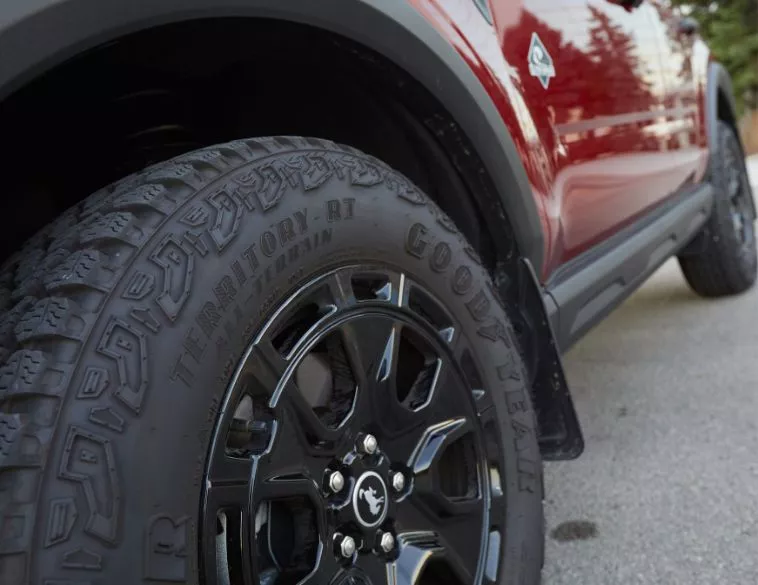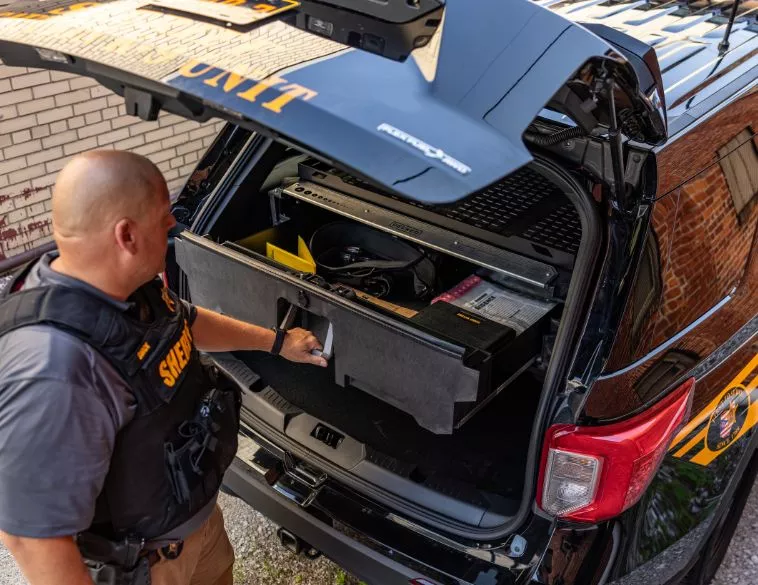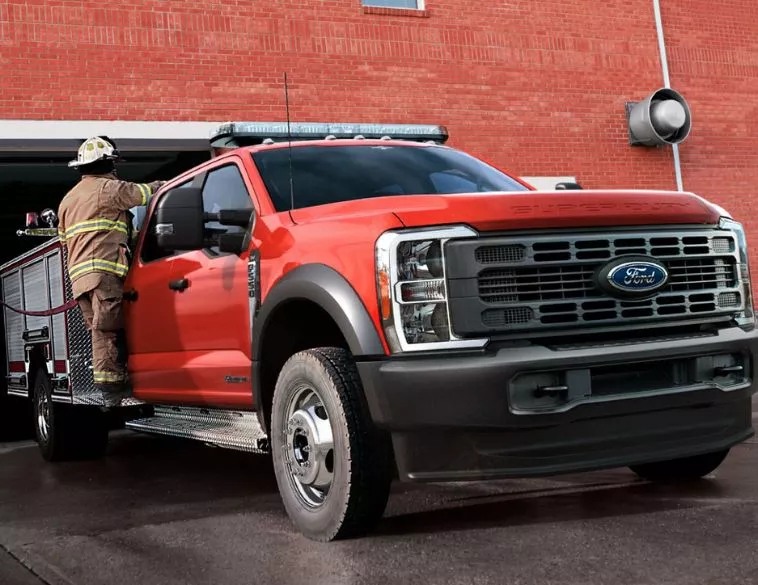Test Drive: 2025 Ford Bronco Sport - What a selection!
From mile to wild, the Bronco and Bronco Sport can cater to your fleet’s needs.

According to Ford, “There’s a Bronco for everyone.” And they’re not kidding. For starters, you can choose between the Bronco and the Bronco Sport. Despite the fact that these two trucks share a name, they are definitely two very different vehicles.
Fleet & Mobility magazine had the opportunity to test drive both vehicles recently, back-to-back. Here are our observations and comments on both:
As far as variety is concerned, the Bronco Sport is available in four trims, and with one of two engine options: a 200-horsepower 1.5L four-cylinder, or a 250-horsepower 2.0L four-cylinder. The Bronco, on the other hand, comes in no less than seven different trims, and three engine options: a 300-horsepower 2.3L four-cylinder, a 330-horsepower 2.7L V6, and a 418-horsepower 3.0L V6.
Moreover, when you factor in all the available options and packages, you can make your Bronco or Bronco Sport as mild or as wild (and I mean Raptor wild) as you’d like. Both vehicles offer rugged capability and all-terrain performance, which makes them a practical choice for fleets that have to be able to handle more challenging road conditions and some off-road situations.
Size difference
One of the key differences between the Bronco and Bronco Sport is size. For comparison’s sake, the Bronco Sport is similar in size to a Honda HR-V, while the Bronco is closer in size to a Honda Passport.
The Bronco Sport has room for five, and is only available as a four-door model. Total passenger volume is 105.3 cubic feet. The Bronco, on the other hand, is available in both two-door and four-door configurations, with the two-door model offering 97.6 cubic feet of passenger room, and the four-door model offering either 103.6 (hardtop) or 108.2 (soft top) cubic feet of passenger room.
Cargo space varies as well, with the four-door Bronco offering the most cargo space behind the second row of seats (38.3 cubic feet) followed by the Bronco Sport (29.4 cubic feet) and the two-door Bronco (20.6 cubic feet).
Construction & towing
The two vehicles also differ in the way they were built. While the Bronco uses body-on-frame construction, the Bronco Sport does not. In fact, the Bronco Sport is based on the Ford Escape, while the Bronco is essentially a “real” truck underneath.
And that brings us to another key difference: towing capacity. The more truck-like Bronco can tow between 3,500 and 4,500 lbs. (depending on the powertrain), while the Bronco Sport can tow 2,200 lbs. when equipped with the 1.5L engine, and 2,700 lbs. when equipped with the 2.0L engine.
Performance & handling
While both trucks are very capable, the Bronco Sport is more nimble and easier to maneuver on city streets and in parking lots. It drives more like a car, and it’s a pleasure on longer road trips and the daily commute.
The Bronco, on the other hand, is a real truck. It feels big, it’s more difficult to maneuver in tighter spots, and it can be a bit louder on the open road, especially if you opt for knobby rough-terrain tires. Off the beaten path, however, it climbs over debris and obstacles with ease, leaving the driver feeling confident and in control.
Gadgets & tech
Both vehicles come equipped with the latest tech, including a massive touchscreen display—12 inches on the Bronco, and 13.2 inches on the Bronco Sport. With crisp graphics and an intuitive interface, these impressive screens control key features like navigation, the sound system, phone features and more. Wireless Apple CarPlay and Android Auto are standard equipment on both vehicles, but only the Bronco Sport comes equipped with a wireless charging pad.
If you’re in the market for a fleet vehicle that can balance daily commute needs with 4x4 capabilities, along with car-like handling and performance in city and highway driving, then the Bronco Sport is worth consideration.
On the other hand, if you really need a truck-like vehicle with a higher towing limit and the ability to handle more demanding terrain, then the Bronco should be on your selector. Either way, you won’t be disappointed.
Price and Specifications
Year Make Model Trim
2025 Ford Bronco Sport Outer Banks
Base Price
$43,195
Notable Options
Power Moonroof - $900
Sasquatch Outer Banks Package - $4,995
Outer Banks Tech Package - $2,495
Price as Tested
$52,675
Engine
1.5L inline 3-cylinder
Transmission
Eight-speed automatic
Horsepower
180 hp
Torque
200 lb-ft.
Fuel Economy (NRCan)
9.3/7.9/8.7 L/100 km (city/hwy/combined)
Fuel Economy (Observed)
9.2 L/100 km (combined)
Good
Nimble and easy to maneuver
Easy-to-use touchscreen user interface
Comfortable ride
Bad
Lower towing capacity than the Bronco
—
Price and Specifications
Year Make Model Trim
2025 Ford Bronco Heritage 4-Door
Base Price
$67,160
Notable Options
2.7L V6 Engine - $2,695
10-Speed Automatic Transmission - $1,495
Price as Tested
$73,335
Engine
2.7L EcoBoost V6
Transmission
10-speed automatic
Horsepower
330 hp
Torque
415 lb-ft.
Fuel Economy (NRCan)
13.7/13.1/13.4 L/100 km (city/hwy/combined)
Fuel Economy (Observed)
13.2 L/100 km (combined)
Good
Decent towing capacity
Off-road capability
Inspires confidence
Bad
Knobby tires can get really loud


